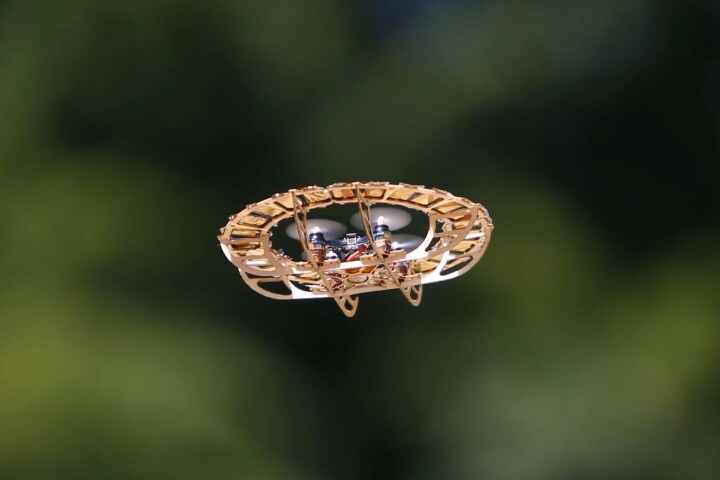Today, people flock to Stonehenge from all over the world, but the imposing, mysterious stones of Salisbury Plain may have been an international tourist attraction for thousands of years. By studying the teeth of skeletons buried in that region, as well as the Peak District and the Yorkshire Wolds, a new study has found that ancient people were surprisingly mobile, traveling around Britain and continental Europe and often being buried far from home.
That information is gleaned from prehistoric teeth through a process known as oxygen isotope analysis. Essentially, the composition of oxygen isotopes in human and animal tissue is a product of the food and water consumed. Since teeth lock that information in as they mineralize between the ages of two and eight years, tooth enamel provides a snapshot of the environment an individual grew up in.
Operating on the theory that ancient people would most likely have sourced the majority of their food and water locally, the researchers were able to map out the oxygen isotopic variability of Britain and Ireland, and determine where individual teeth, and their owners, originally came from. A high concentration of teeth with similar compositions implied a "local" population, while those that didn't fit the profile were believed to be travelers.
The team studied 261 teeth, most of which date back to the Chalcolithic and Early Bronze Age, or around 2,500 to 1,500 BCE, and found that the isotope values of bones found in sacred burial sites, such as Woodhenge, the Peak District's Bee Low, and Garton Slack in the Yorkshire Wolds, varied greatly. The finding suggests that the people interred there came from various parts of Britain and Europe.
"The diversity is similar to what you would expect to find in medieval ports and cities," says lead author Dr. Maura Pellegrini. "What we don't know is whether they traveled within the UK or whether they also came to and from continental Europe as the isotopic signatures in Europe are similar to those found in Britain and Ireland."
The study was conducted as part of The Beaker People, an ongoing project by scientists from several universities, museums and organizations across the UK and Europe that aims to study the mobility of ancient people.
The team's research was published in the journal Scientific Reports.
Source: University of Oxford




